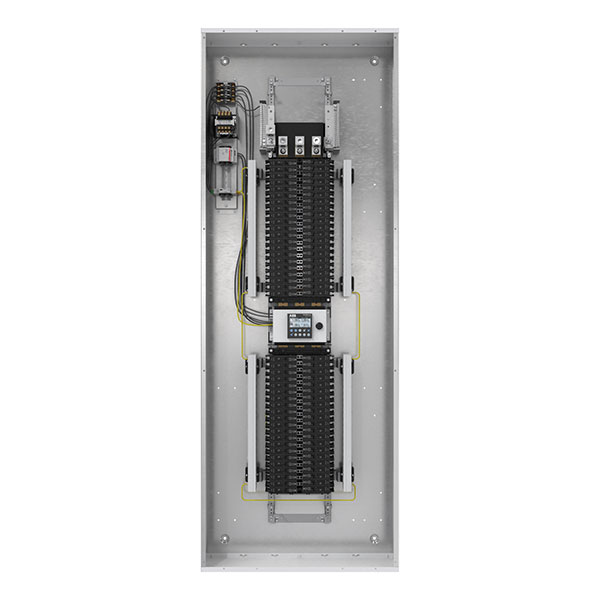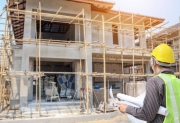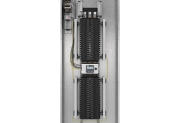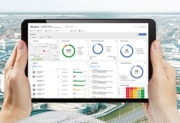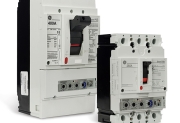ReliaGear Lighting Panelboards with Branch Circuit Monitoring
ReliaGear® lighting panelboards with branch circuit monitoring can connect with a building automation system to track energy and power down to the individual branch circuit helping improve energy efficiency and control costs.
ReliaGear lighting panelboards are available with an encapsulated solid core circuit monitoring strip. Moreover, ReliaGear lighting panelboards feature FORMULA A2 & Tmax® XT circuit breakers as mains and sub-feeds in the RQ, RE, and RS to experience XTreme performance.
Features
- LEED measurement & verification points
- Data logging option to collect information during power failures
- User-enabled password protection
- Backlit LCD Display
- Communicates Modbus TCP/IP, Modbus RTU or BACnet
- Rapid Set System Software for startup and commissioning
Benefits
- Improve energy efficiency and help reduce costs
- Maximum reliability and security
- Earn points towards LEED Certification
Technical specifications
- Solutions up to 800A
- Revenue Grade, ANSI C12.20 0.5% accuracy
Certifications and standards
- UL 67 panelboards; UL 50 cabinets and boxes
- UL 489 molded case circuit breakers
- cUL listing for ReliaGear lighting panelboards and non-entrance panelboards
- International Building Code Seismic Certification
- California Building Code Seismic Certification
- NEMA PB1
- National Electrical Code – Ref. Article 384
- ISO Certification 9001
- IEC 61557-12 Class 0.5
- ANSI C12.20 Class 0.5 energy revenue metering
- ASHRAE 90.1 compliance
- Title 24
- IECC Energy code
Applications
ReliaGear lighting panelboards with the RGLPM integrated Branch circuit monitor are a solution for applications where energy monitoring is critical to reduce costs, improve energy efficiency, and safeguard during power failures.
- Commercial submetering
- Healthcare facilities
- Infrastructure projects
- Large industrial complexes
- Data centers
- Educational and institutional facilities
- Condominiums & apartment complexes
